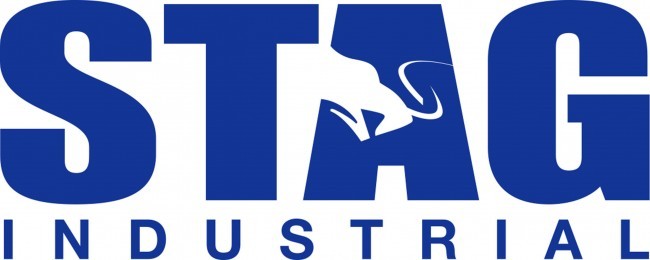I’ve heard conservative income investors refer to it as the “sweet spot” of investing: companies that pay predictable, high-yield dividends that are parceled out in monthly installments.
It’s easy to understand why these types of dividend payers are attractive to conservative investors: The bills predictably roll in monthly.
[ad#Google Adsense 336×280-IA]Therefore, it’s a relief when the cash predictably rolls in monthly as well.
These “sweet spot” investments are relatively rare, though.
Sure, plenty of companies meet the criteria for high yield and monthly payments, but as for predictability and, just as important, sustainability, they fall short.
Look no further than the oil and gas sector, which was once replete with high-yield monthly dividend payers.
I’m confident that STAG Industrial (NYSE: STAG) meets all the criteria and deserves to be slotted into the “sweet spot” category.

Though the name is rather randy, the business is quite staid and pedestrian. STAG is an industrial real estate investment trust (REIT) that owns 291 properties spread across 38 states. The majority of STAG’s properties are composed of warehouses and distribution centers. Most of the properties are located in secondary markets (those outside New York, Chicago, Los Angeles and other major metropolitan areas).
Warehouses and distribution centers tend to cover a large area. STAG’s average building size is around 188,000 square feet. This ranks STAG second in terms of average building size in the industrial REIT sector. STAG’s occupancy rate – at 95.6% – for its portfolio is near the top of the heap.
As for the dividend, it, too, is near the top of the heap. STAG pays $0.116 per share each month. That sums to $1.39 per share annually. As I write, the dividend yields 6.8%. This is a good starting yield, considering STAG has a history of increasing the dividend annually. Since its 2011 initial public offering, STAG has increased the dividend at a 6% average annual rate.
There is plenty of opportunity for STAG to grow both the business and the high-yield dividend. The market for warehouses and distribution centers is valued at over $1 trillion. Industrial property ownership is highly fragmented, with the largest owner controlling less than 3% of the market.
STAG has worked hard to exploit these opportunities. Over the past five years, it has acquired $1.7 billion worth of properties. Last year alone, 49 industrial properties valued at $427 million were acquired. For 2016, STAG is targeting $300 million to $400 million of new property investments.
I like growth as much as the next investor, but smart growth. Growth matters only if returns on invested capital are maintained, or better yet, raised. STAG has proven it can grow the business and improve returns simultaneously.
The properties STAG acquired last year produced a weighted average cap rate – annual rate of return on a property – of 8.4%. In the fourth quarter, STAG acquired 14 properties for $138 million and with a weighted average cap rate of 8.8%. The implied cap rate on STAG’s entire portfolio is 7.8%, which is over two percentage points higher than the peer average of 5.7%. The needle is certainly moving in the right direction.
With the cap rate moving in the right direction, one should expect cash flow to move accordingly. 2015 funds from operation (FFO) – an important cash-flow metric – came in at $1.49 per share, a 3% increase over 2014 FFO. The annual dividend payout is well covered by cash flow.
What’s more, the cash flow is on sale. STAG shares trade below portfolio net asset value (NAV) of $22.15 per share. STAG is essentially priced at liquidation value, with no expectation for portfolio growth.
But income is the main attraction. STAG investors get predictable monthly dividend checks that yield 6.8%. What’s more, the dollar amount of these checks is likely to grow year after year.
— Steve Mauzy
[ad#wyatt-income]
Source: Wyatt Investment Research
